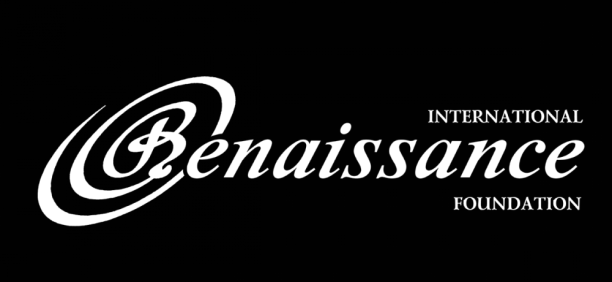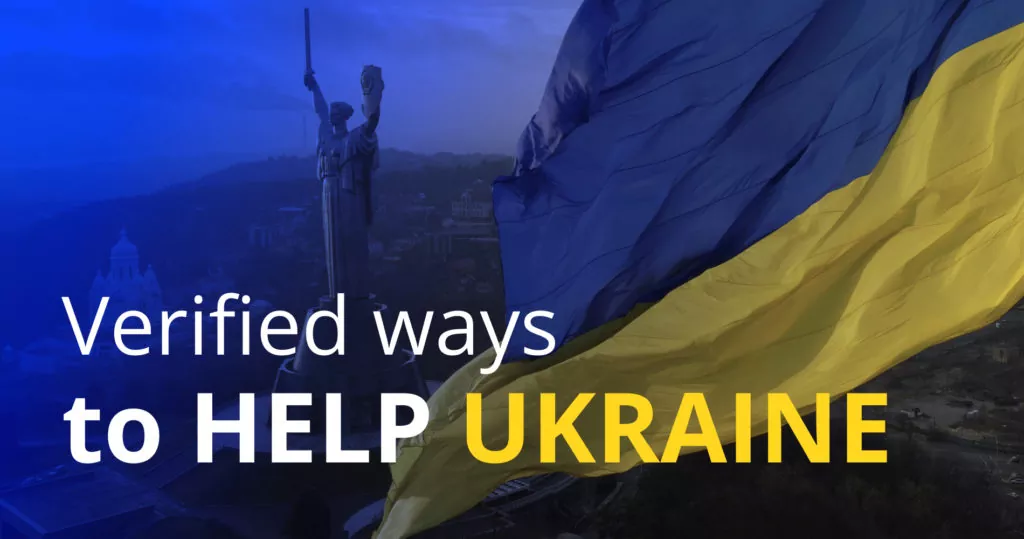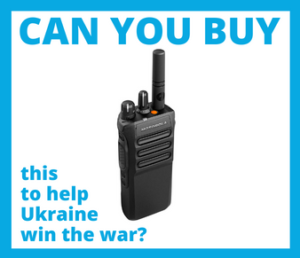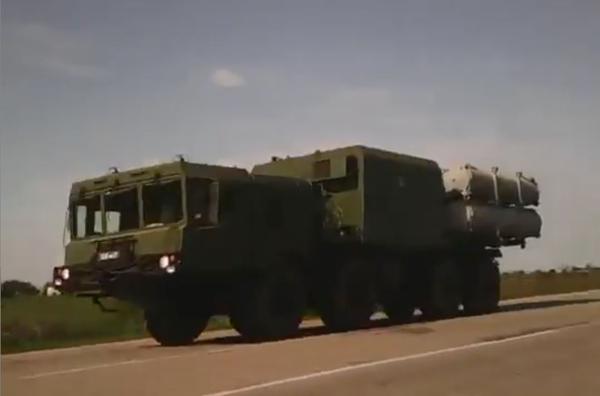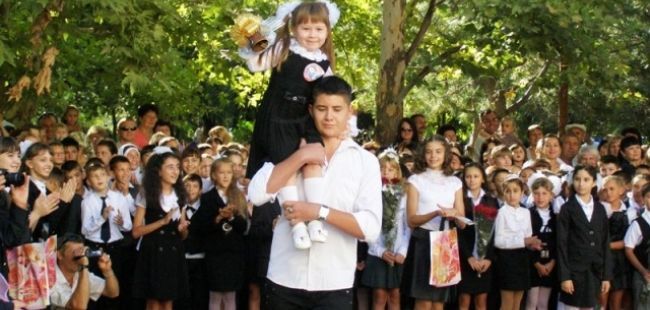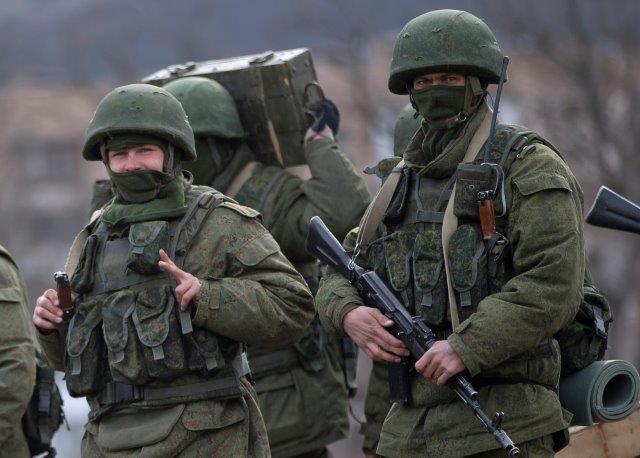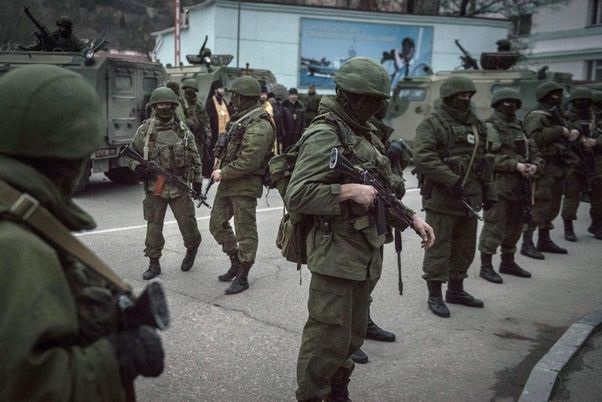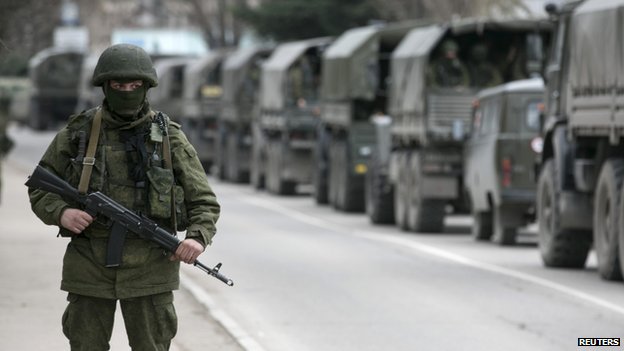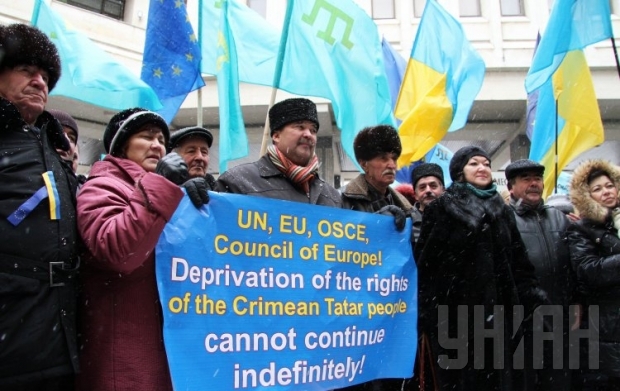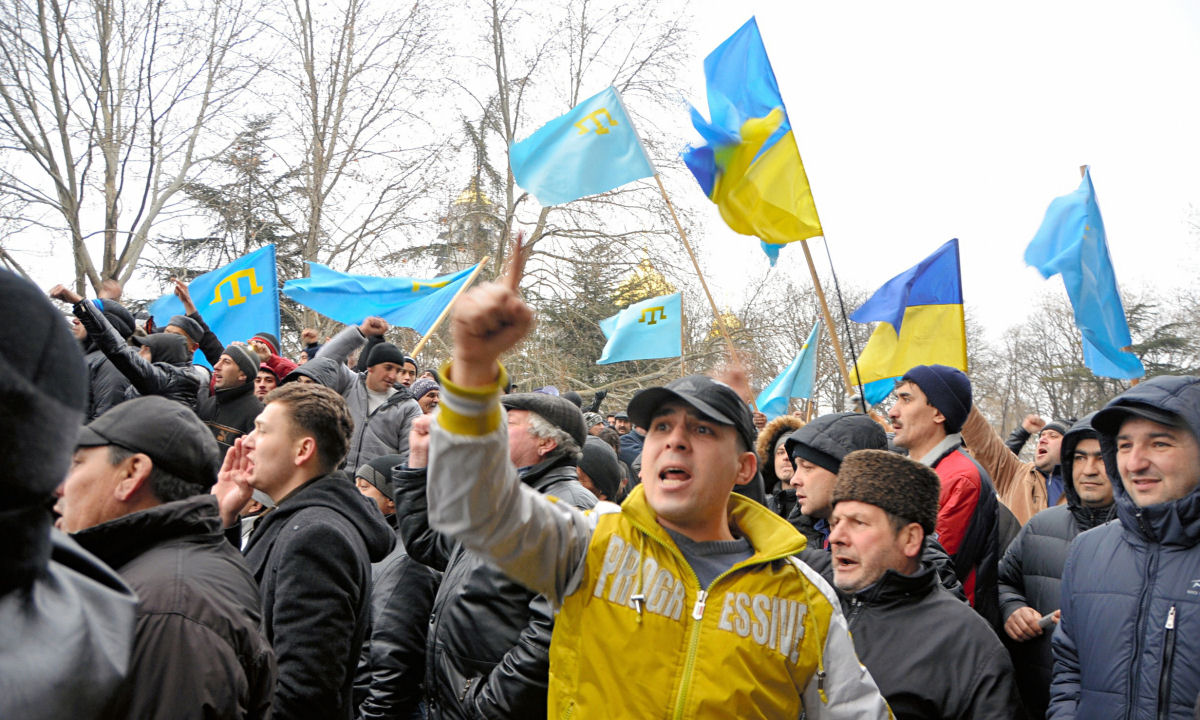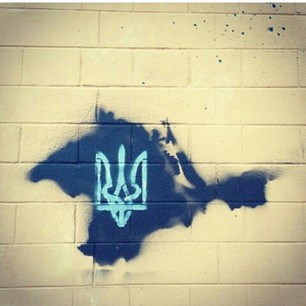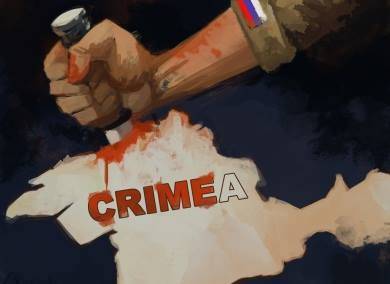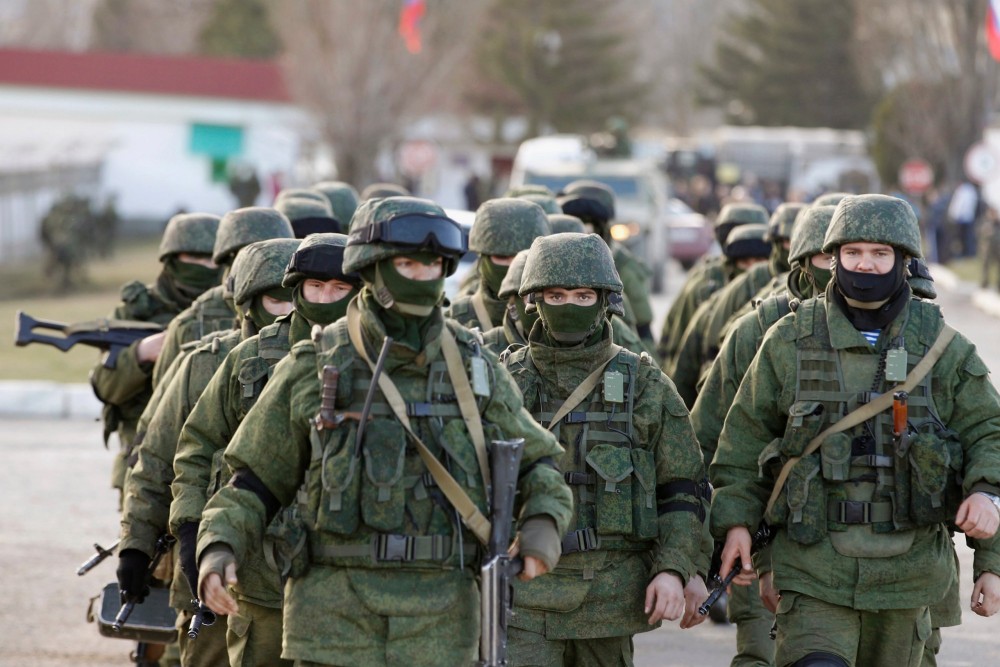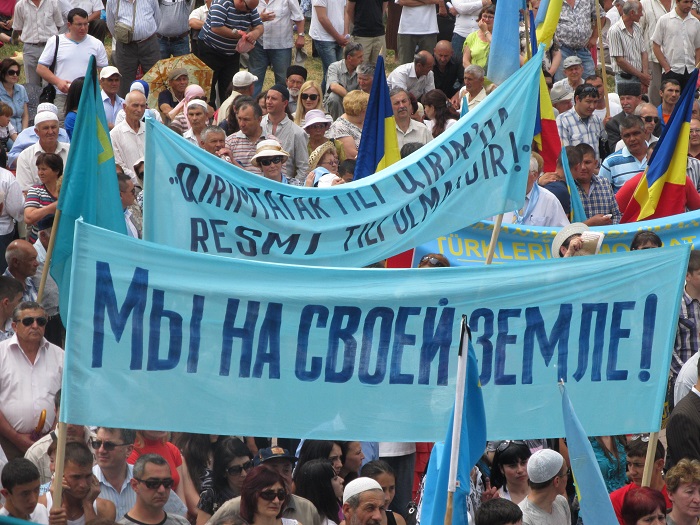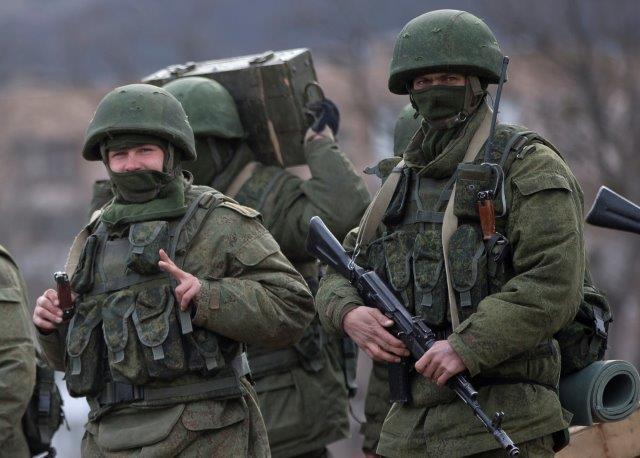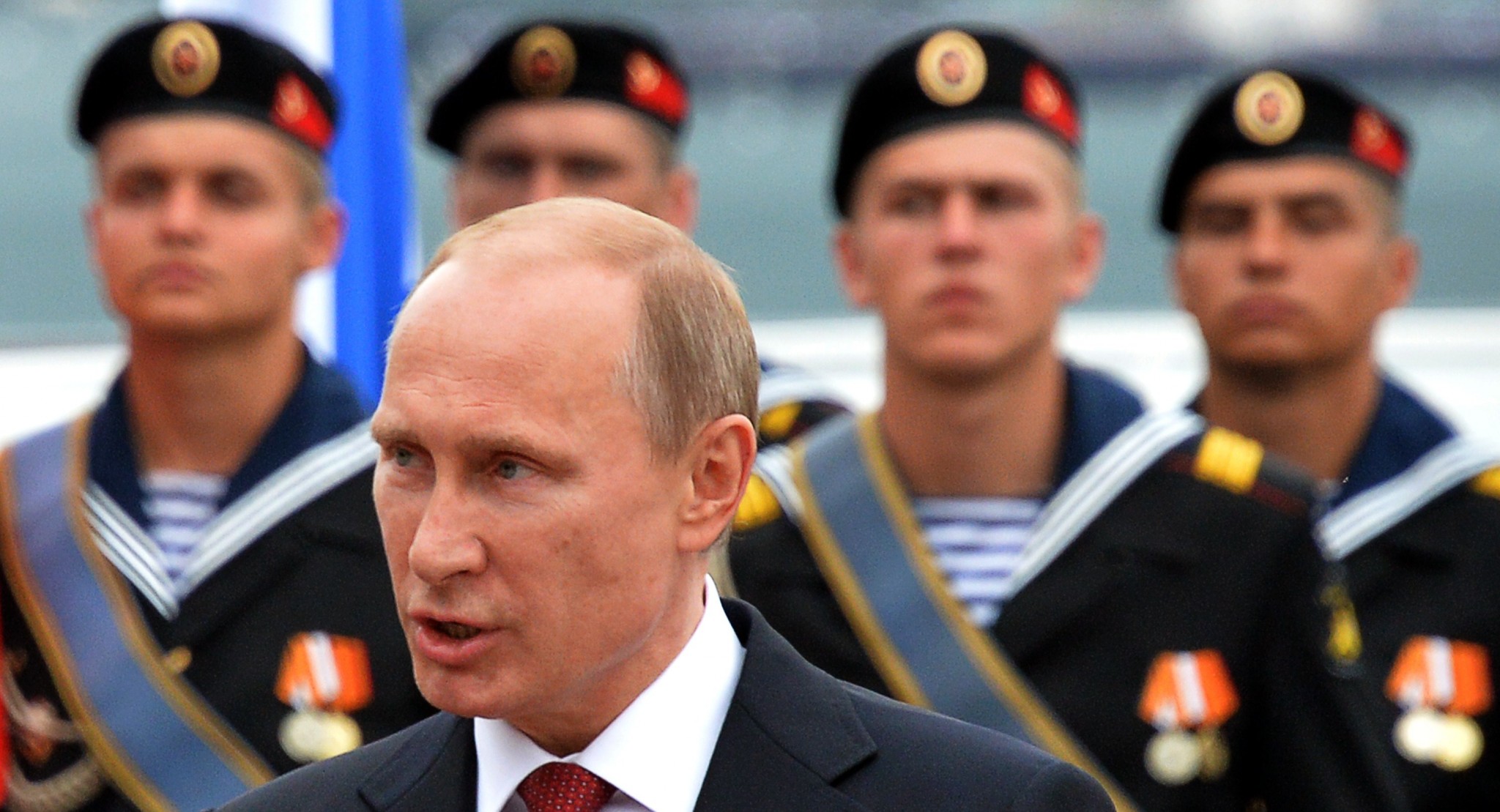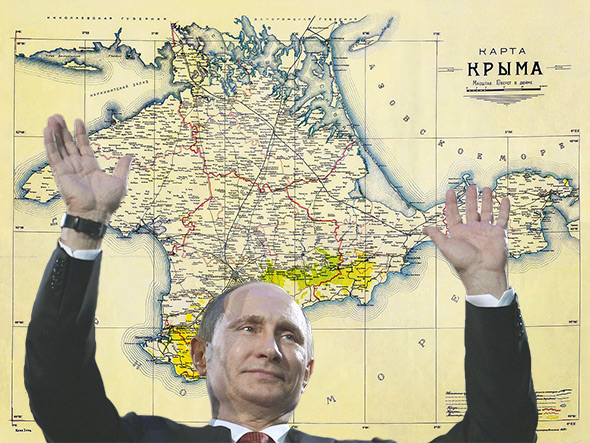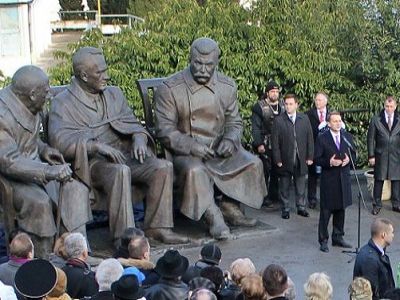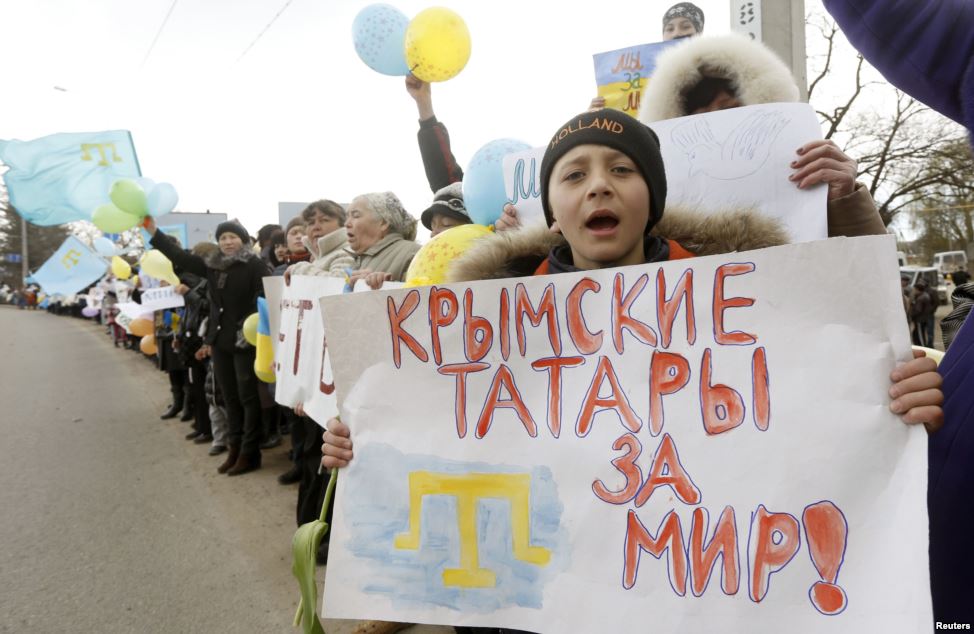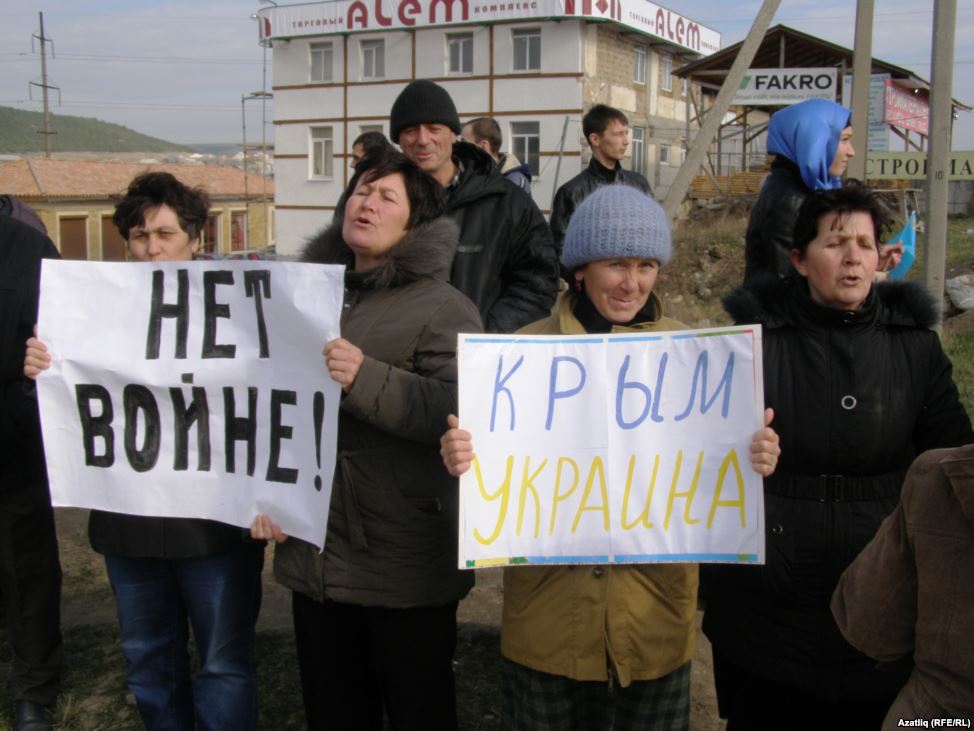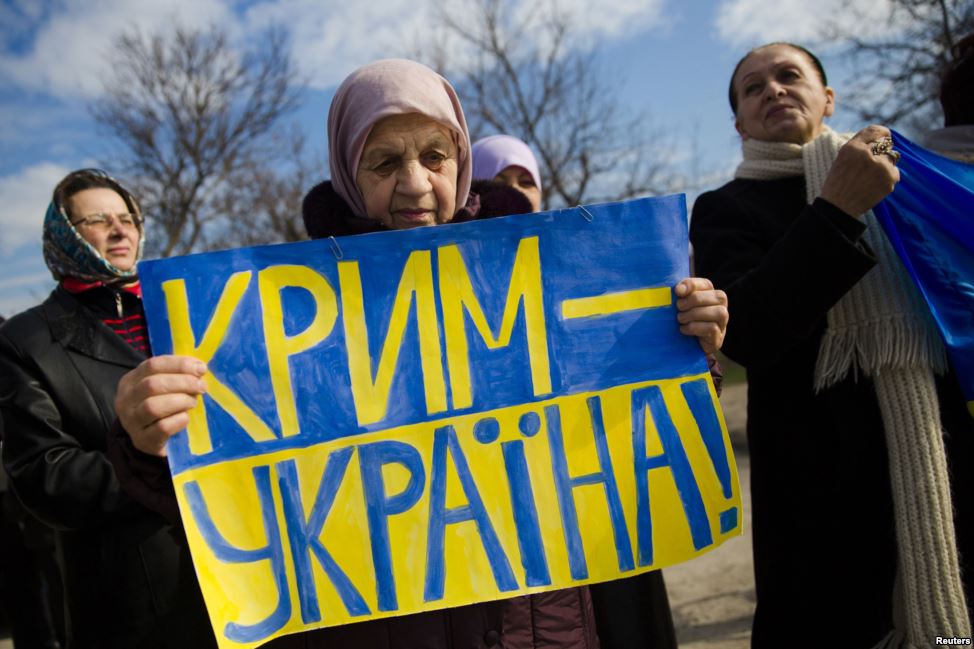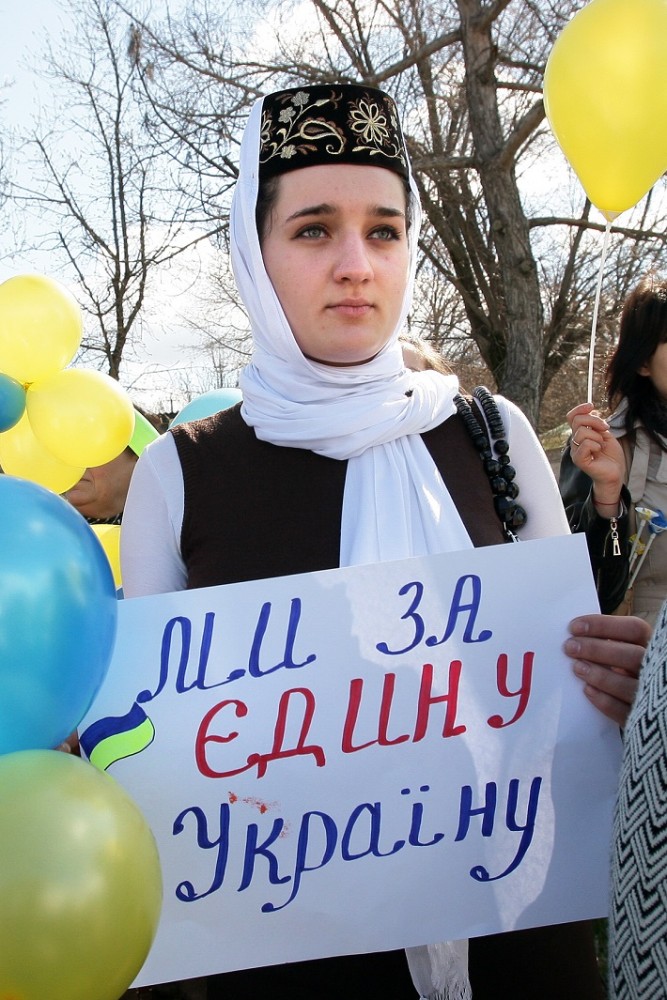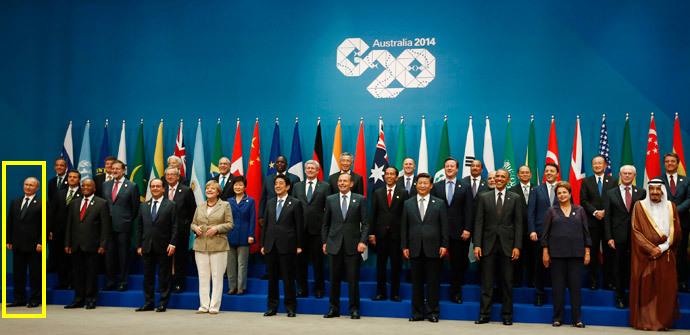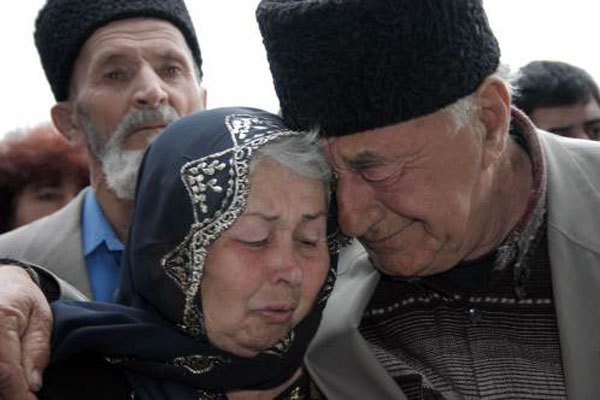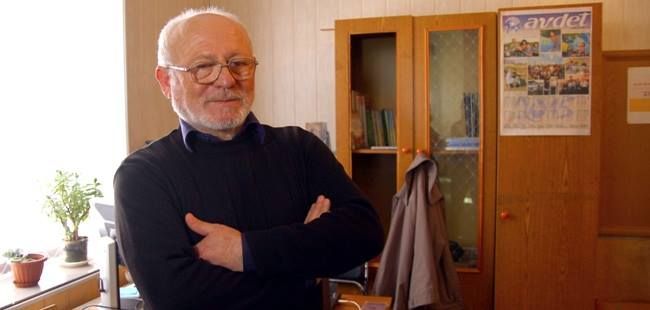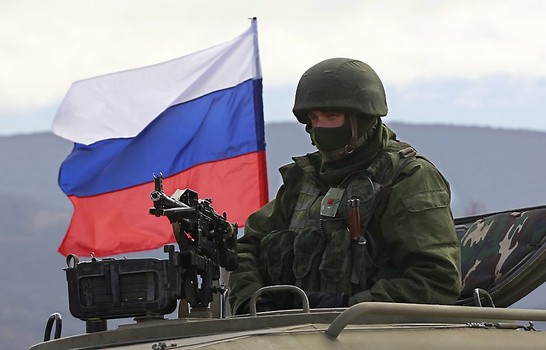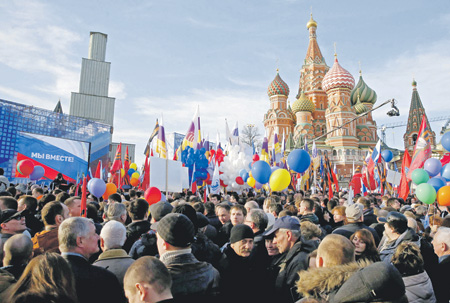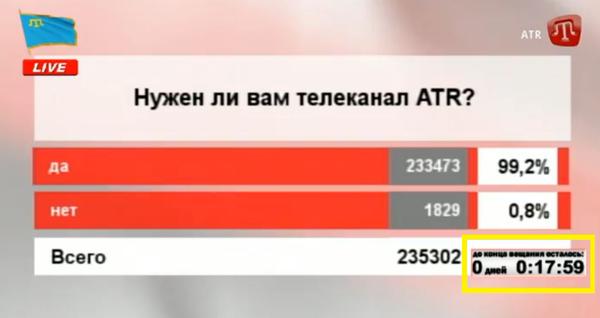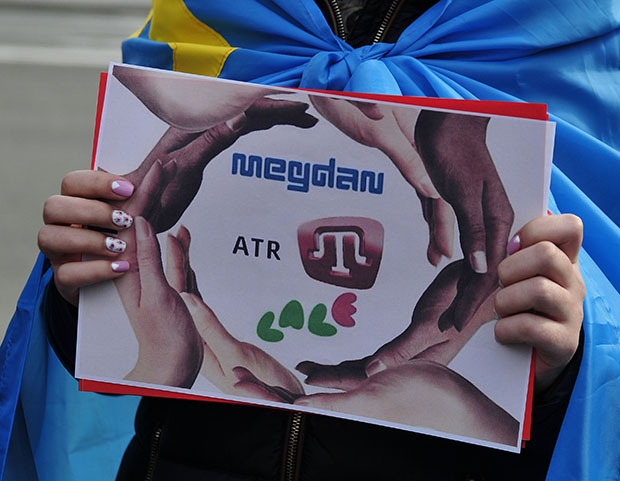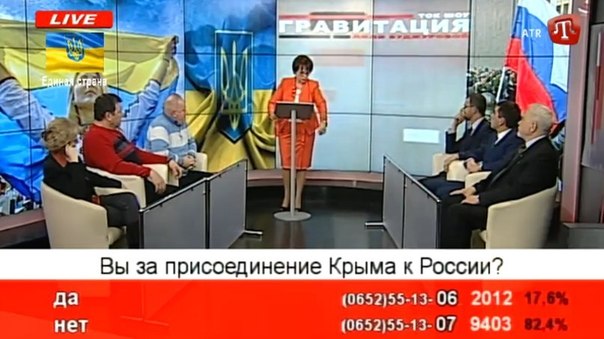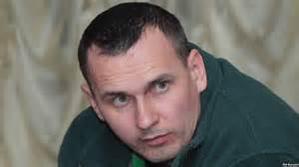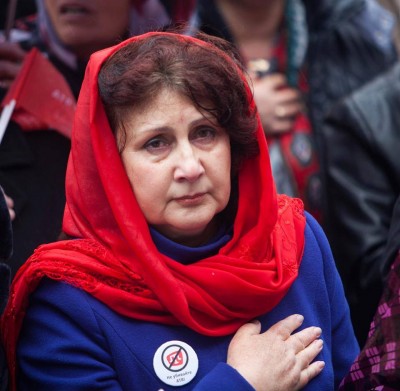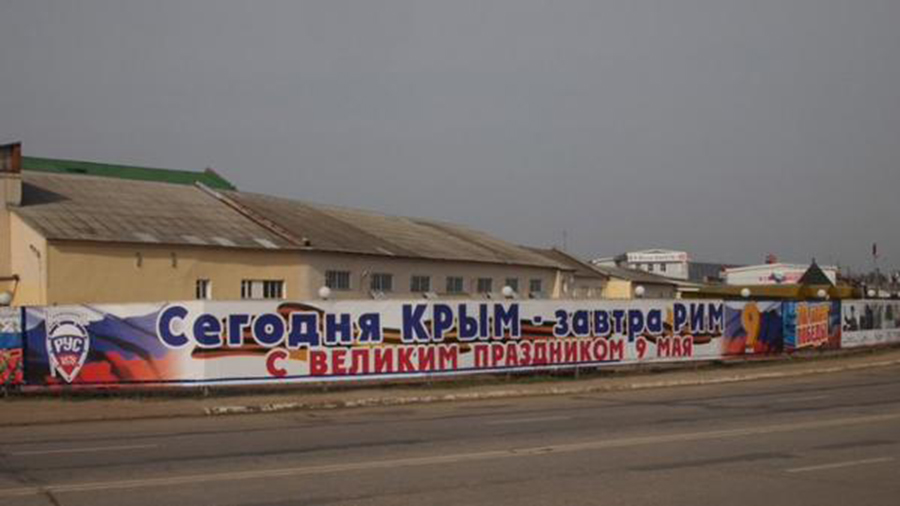Many Ukrainians and their supporters abroad talk about the possibility of the peaceful return of Crimea to Ukrainian control at some point in the future, but such talk, while possibly understandable ignores the fact that Moscow is changing Crimea so dramatically that there will soon be no Crimea to return, according to Petro Oleshchuk.

In “Novoye vremya” today, the Kyiv political scientist says that he understands perfectly well how “catastrophic” would be any attempt at a military return of Crimea. But he argues that “to lie about ‘a peaceful path’ is simply irresponsible with regard to Ukrainians. There is no ‘peaceful path.’”
It is of course possible to speak about Russia’s occupation of Crimea de facto while refusing to recognize it de jure. “Apparently, there is now no other way. But why sow in society false hopes and not prepare it for a struggle,” especially given what the Russian occupation authorities are doing to transform the Ukrainian peninsula into something else.
Oleshchuk makes five points in this regard:
- First, he points out, “Russia is completely changing the composition of the population in the peninsula. Mass shifts are taking place already now. After a certain time, Crimea will be completely different demographically. And there will not be an ounce of Ukrainian left in it.”
- Second, he argues, the imposition of anti-Ukrainian attitudes “after a few years will yield a generation which it would be impossible to reintegrate into Ukrainian society.” Third, “as a democratic state, Ukraine cannot solve its problems by deportations. But it also will not be able to integrate such an enclave.”
- Fourth, “every day, the development of the economy in the various systems is leading to a situation in which it will be practically impossible to combine into one again.” (In support of this, “Novaya gazeta” today describes the way in which Moscow is making Russian-occupied Crimea a money-laundering hub.
- And fifth, for Crimea to return to Ukraine, it would be necessary for Russia to descend into the kind of “government crisis in which no one in the world is seriously interested.” In short, Oleshchuk says, there is no reason to accept the idea that Crimea will somehow miraculously and peacefully return to Ukraine.
Additional evidence for his position, the Kyiv political scientist says, is provided by the continuing existence of “two Chinas, two Koreas, two Cypruses, and so on.” And he concludes that “it is not excluded” that in the decades ahead, “the issue of the return of Crimea” will agitate Ukrainians in much the same way the unification of the two Koreas agitates Koreans.

